About Socotra Island Tourism
Socotra Island is linked with numerous legends including the legend of a phoenix that lived on this remote Island. There is no doubt that Socotra is one of the most beautiful Arab islands and its landscapeshave no match anywhere else. Socotra is often dubbed the “Galapagos of the Indian Ocean” because of its exceptional biodiversity and endemism in its terrestrial and marine ecosystem. This distinct “living museum” of botanical and zoological treasures sits at the crossroads of three biogeographically distinct regions. Its many unique endemic floras and faunas includes some plant varieties over 20 million years old. Socotra’s biodiversity has remained resilient for centuries; however, the last two decades have threatened the ecosystem for many reasons including habitat fragmentation, degradation of woodlands, adverse climatechanges, cyclones, cattle overgrazing, unsustainable development, negative influence on marine wildlife and limited conservation resources. It is located in the northern part of the Indian Ocean off the Horn of Africa, about 380 km off the coast of Yemen and 250 km from Somalia. Biogeographically Socotra is considered an extension of the Horn of Africa and the largest Island of Arabia.
Socotra has a robust cultural heritage, including local ethno botanical knowledge preserved in an ancient, endangered, unwritten Semitic language: Socotri. Nowadays the area is known as the Socotra Governorate, declared in December 2013. Initially, the Island was part of Yemen’s Mahra Sultanate and subsequently considered part of two mainland governorates, Aden and Hadhramaut. There are two main cities on Socotra island, Hadiboh in the east and Qalansiyah in the west, and hundreds of smaller villages scattered throughout the island. The most recent population census estimated about 100,000 inhabitants. Traditionally, the majority of the Socotrans relied mainly on local fisheries, livestock farming, and date palm agriculture for their livelihood. Additionally people generated a modest income from a variety of activities including honey production and the use of natural products collected from plants such as aloe, frankincense and dragon blood.
Travelers searching for an adventure will not regret visiting Socotra Island. When it comes to diving, Socotra is often referred to as the ‘Galapagos of the Indian Ocean’ due to the irreplaceable services that the island offers and unique marvelous views. Suppose you are interested in high historical values, exotic plants and animals, or even exotic tourism ideas. In that case, our Socotra Island tours are aimed to provide you with the most unique and natural experience.
Considering traveling to Socotra? Socotra Island tourist visa is made easy for you to obtain. Our team helps with all the paperwork needed; thus, there are no difficulties. Our Socotra Island UAE travel packages are tailored to provide you with the convenience of direct flights and comfortable accommodations, making your journey as smooth as possible.
Exclusive Tour Packages
Below are the Socotra Island tour packages available with every client’s needs in mind. If you want to come and dance on the edge and have that adrenaline pumping, or want a serene holiday or learn more about the island’s flora, fauna, and lifestyles, then a package is prepared for that. Our guides are experienced and well-informed on the historical and cultural backgrounds of Socotra and the many points of interest.
The Flora and Fauna of Socotra
Another interesting thing about Socotra Island is its endemic plant and animal life. On our tours, you’ll have the chance to witness the striking Socotra flora and fauna up close, including the iconic Dragonblood Tree and rare bird species. Offering sightseeing and amusement options, you can also learn of the features and importance of this island’s offers to the environmental arrangements.
Why Choose Us?
At Socotra Pioneer tourism, we are passionate about sharing the beauty and mystery of Socotra Island with the world. Our commitment to sustainable tourism ensures that your visit brings you joy and contributes to the preservation of this unique ecosystem. Let us guide you on an unforgettable journey through one of the world’s last untouched paradises.
Book Your Adventure Today
Ready to experience the magic of Socotra Island? Contact us to learn more about our Socotra Island tour packages, or start your journey by securing your Socotra Island tourist visa. We look forward to welcoming you to the adventure of a lifetime.
Home to unique species
The long geological isolation of the Island has created a unique and spectacular endemic flora that ishighly vulnerable to change. Surveys have revealed that more than a third of the 900 or so plant species of Socotra are not found anywhere else in the world.
Flora
Of Socotra’s 825 plant species 307 (37%) are endemic includingAloe perryi. The Dragonblood Tree (Dracaena Cinnabari) is one of the most striking of Socotra’s plants, a very strange-looking, umbrella-shaped tree with red sap, said to be dragon’s blood of the ancients, which is used as a medicine and a pigment used in art.
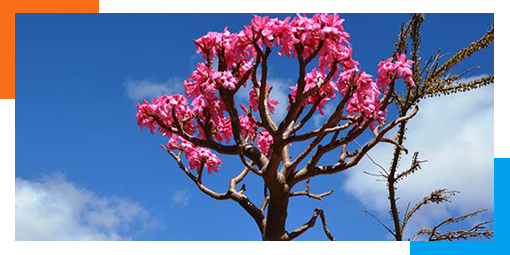
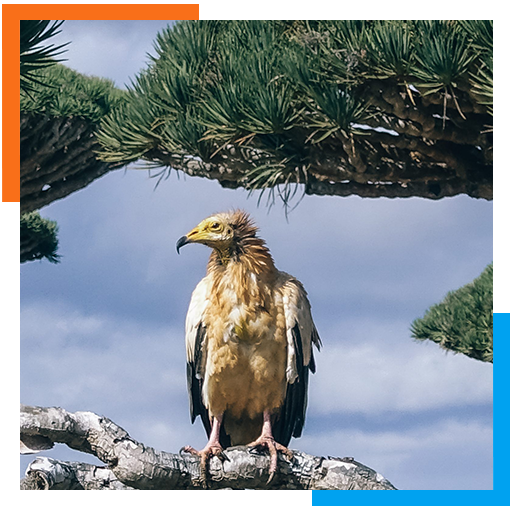
Fauna
The archipelago’s fauna is as fascinating as the flora and has an exceptional number of endemic species. 90% of its reptiles, ,95% of its land snails and 60 % of the spiders are unique to the Soqotra Archipelago and not found anywhere else in the world.
nvertebrates are most diverse among Soqotra’s terrestrial fauna, most notably arthropods and molluscs. More than 600 species of insects, 100 species of land and freshwater molluscs, 80 arachnids, 12 myriapods and 4land- and fresh-water crabs. Additonallty30 reptiles, and 14 mammals have been found to occur.
Birds
Socotra also supports large and diverse populations of land and sea birds (192 bird species, 44 of which breed on the islands while 85 are regular migrants that use the archipelago as a stop-over to rest and feed duringtheir annual migrations.), including a number of threatened species.
Over 220 species of birds have now been recorded. Of these, just 38 breed regularly, whilst over 180 are migrant visitors – stopping for a while during their long migrations from breeding areas in Europe and Asia to their wintering grounds in Africa.
I’m confused- is it 192 or 220 species? This and the above paragraph seem repetitive and contradictory
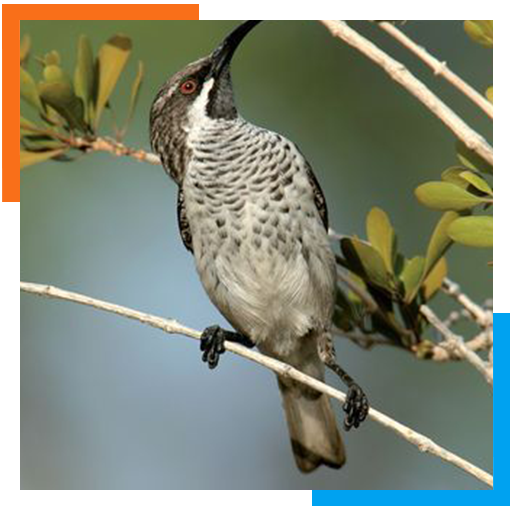
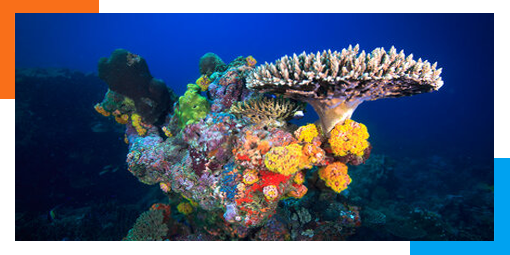
Marine life
The marine life of Socotra is also very diverse with 253 species of reef-building corals, 730 species of coastal fish, and 300 species of crab, lobster, and shrimp.
History of Socotra
The oldest historical referrence to the Island of Socotra is an Egyptian Pharaonic Papyrus written in 1493 BC in which there is a record of an Egyptian trading cruise to Socotra where the ancient Egyptians were able to buy incense, myrrh, frankincense, dragon’s blood and other rare plants that were important to them for religious rite sand for embalming the dead.The Egyptians called the Island of Socotra “Ba-Ankh,” where they believed that the goddess of creativity and inspiration lived on this Island.
Arabs have lived on this Island since ancient times when they haf the finest incense, frankincense, and myrrh in the world and sold them at very high prices. Thus they became the richest men in the world at that time with wealth equivalent to modern day wealthy people of rich GCC states whose source of wealth is the Oil that flows from underground. In contrast, the source of wealth in Socotra is the liquid that flows from the bark of trees.
In the first century BC the famous Greek historian the Sicilians Theodoros visited Socotra and noted that four races inhabit this Island: Arabs, Greeks, Indians, and Romans. He pointed outthat Arabs who were shepherds were the real inhabitants of the Island and were brutal soldiers, merchants, artisans, and temple priests, while the presence of other races was for trade.
Arab historians and geographers referred in their writings to the Island of Socotra. Still, their information is not credible because it depends on listening , and no one has been to the Island to check the validity of his information . Therefore, the information cited by Theodoros the Sicilians still has a better scientific value, even if it is old .
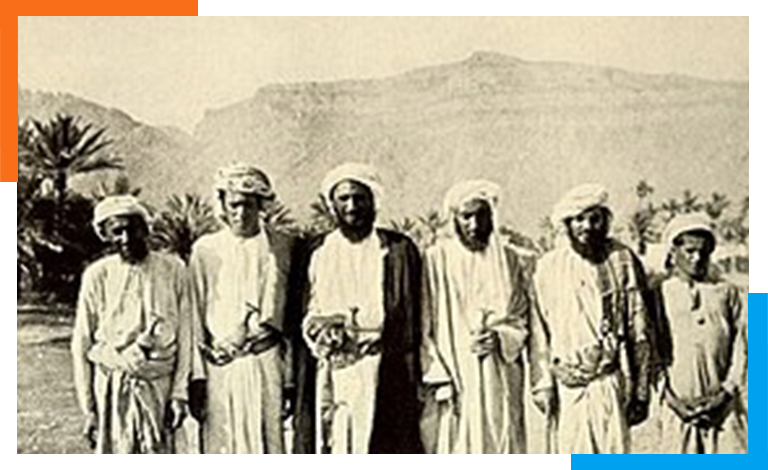
The Island was exposed to the invasion of Portugal’s Navy in 1507, and the Portuguese, with their canons, firearms, and other weapons, were able tocontrol the Island after an unequal battle. Portugal’s commander Albuquerque described the atmosphere of that battle by saying: “ We have attacked the castle at six in the morning and it was seized at one pm by our men who found only a tiny amount of food, some weapons, a sword on which engraved in the Latin phrase ‘Help me, God.’ There survived only one Arabic being killed, and he was a blind man who was found hiding in the bottom of the castle. And when we got him out, he told us: “I see one thing … it is the way to freedom ”.
Albuquerque pointing to the written Latin phrase on a sword is correct. As Christianity was still prevalent among the population of the Island, and it seems that Christianity had arrived on the Island upon its entry to the motherland of Yemen in the first five centuries AD, and in 1512 Portuguese were forced – by Socotrian Muslims and Christians people – to withdraw from the Island under the pressure of strong resistance against the foreign occupation forces, and then the Island enjoyed independence and local government under the leadership of Afrariyah Sultanate, later on, Britain signed, in 1886, a document of protection with the Sultan of Socotra and Al-Mahra. In 1968, the Yemen People’s Democratic Republic – in the south – won its independence, and the last Sultan of Socotra (Isa bin Ali) was exposed to arrest and execution .
Cultural life in Socotra
Socotra’s cultural traditions are oral, predominantly constituted by poetry, from which proverbs, custom guides s and traditions established by the ancestors are derived. The great poets have a very high prestige on the Island. When those poets get invited to a wedding or a celebration, people flock from the plains and mountains to hear their rhetorical poetry, which is always improvised and uttered in the heat of the moment. In contrast, people sing their known verses in a ring dance group of men and women.
Among the famous folkloric dances is (Ta’awd Hein) dance, where the poet utters his poetry while standing or moving in the middle of the dance ring, and it is noticeable that the poet utters the first part of his verse. After attendees repeated it, he utters the second part, and then everyone repeated it with a dance movement. There are in Socotra three types of singing and dancing, all of which relate to poetry:

“Ta’awd Hein” is a slow singing and dancing on the rhythms of drums. “Samher” is a gathering of men and women sitting in an around circle … it is an evening poetry without music or dance, where poetry is uttered in turn between poets in no more than two verses of each. The third type is “Hadan Hadan”, which is a male- only evening dance and song and it is full of jump and bounce with the rhythms of the drums and the rivalry between the poets (and can become raucous sometimes …).This type of dancing and singing occurrs only in circumcision ceremonies. According to the author, Ali ibn Isa, the three types of Socotrian poetry are related to the Rajiz which is an extinct type of pre-Islamic Arab poetry that still exists in Socotra Island only.
Customs and Traditions
Since ancient times, Socotrians have had strict laws for the use of trees and denied logging without dire need. When there is a need for wood forthe construction of houses or fishing boats, the elders of the tribe and the region meet and determine the number of trees that will be cut and distributed to different parts of the area.
There are also strict and detailed laws inherited from ancestors about grazing rights and the duration of stay of shepherds in the pastures of another tribe. It sometimes happens that it rains in parts of the Island only thus the owners of cattle and other livestock have to request permission to graze in lush pastures. These laws generally consider the environment and vegetation cover preservation and how to protect them from overgrazing.
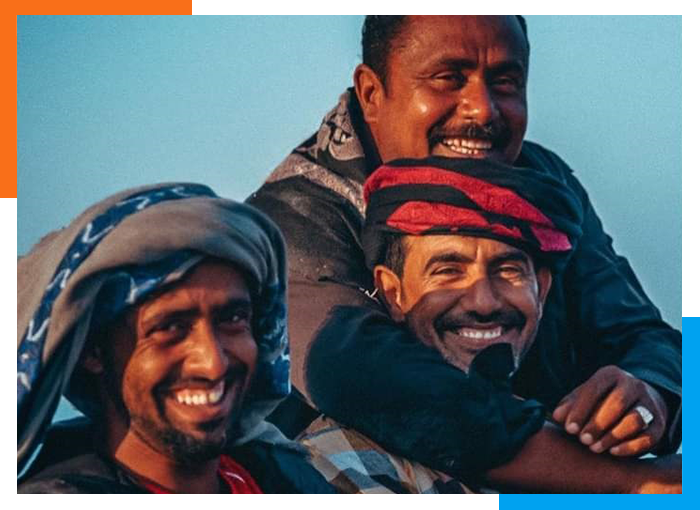
Socotran Language
The indigenous people of Socotra speak an unwritten Semitic language consisting of several archaic dialects only found in the archipelago. The existence of these dialects depends entirely on the continuation of oral traditions such as poetry, folklore, songs, and community interactions within and between families. Orientalist studies revealed that the origin of the Socotrian language extends from the six pre-literate languages commonly called the ‘Modern South Arabian’ (MSA) languages, spoken only in southern Arabia and is very different from modern Arabic.
The Socotrian language consists of 29 letters: all 28 letters of the Arabic language alphabets as well as an extra letter. This letter was used in the ancient Shibean and Ma’enian languages and is still circulating in Socotra, Al-Mahra, and Dhofar. The author of the book” Arabism of Socotra” describes the pronounciationof this extra letter by the mouth as being formed by the outlet between the tongue’s left side and the upper jaw’s left side.
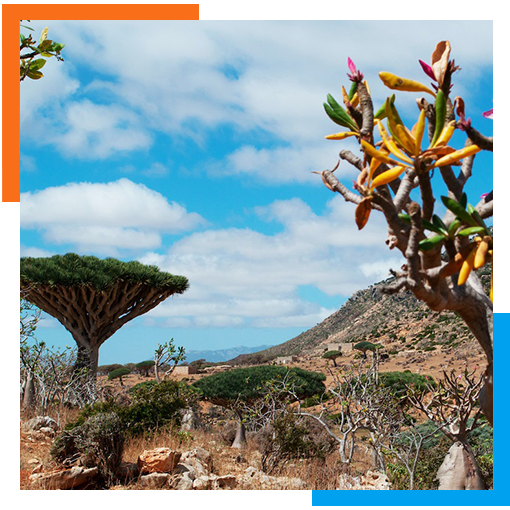
National and international care of the Island
The Socotra Islands have global significance because of their evolutionary uniqueness, biological diversity, and socio-cultural heritage. The Republic of Yemen, with the support of the United Nations and an alliance of governments, implements several conservation and sustainable development programs, one of which is the Socotra Conservation Zoning Plan whcih was approved by the President of Yemen in 2002. The Conservation Zoning Plan (CZP) constitutes the backbone of sustainable development and conservation of biodiversity on the Island and, as such, classifies land according to four main categories: Resource Use Zone, General Use Zone, National Park Zone, and Nature Sanctuaries. Socotra is recognized as a regional center of biodiversity and was declared a UNESCO Man and Biosphere Reserve (2002) as well as documented as a Natural World Heritage Site (NWHS) (2008). The European Union has supported such a move, calling on both UNESCO and the International Organization for Protecting Environment to classify the island archipelago among the environmental heritages.


